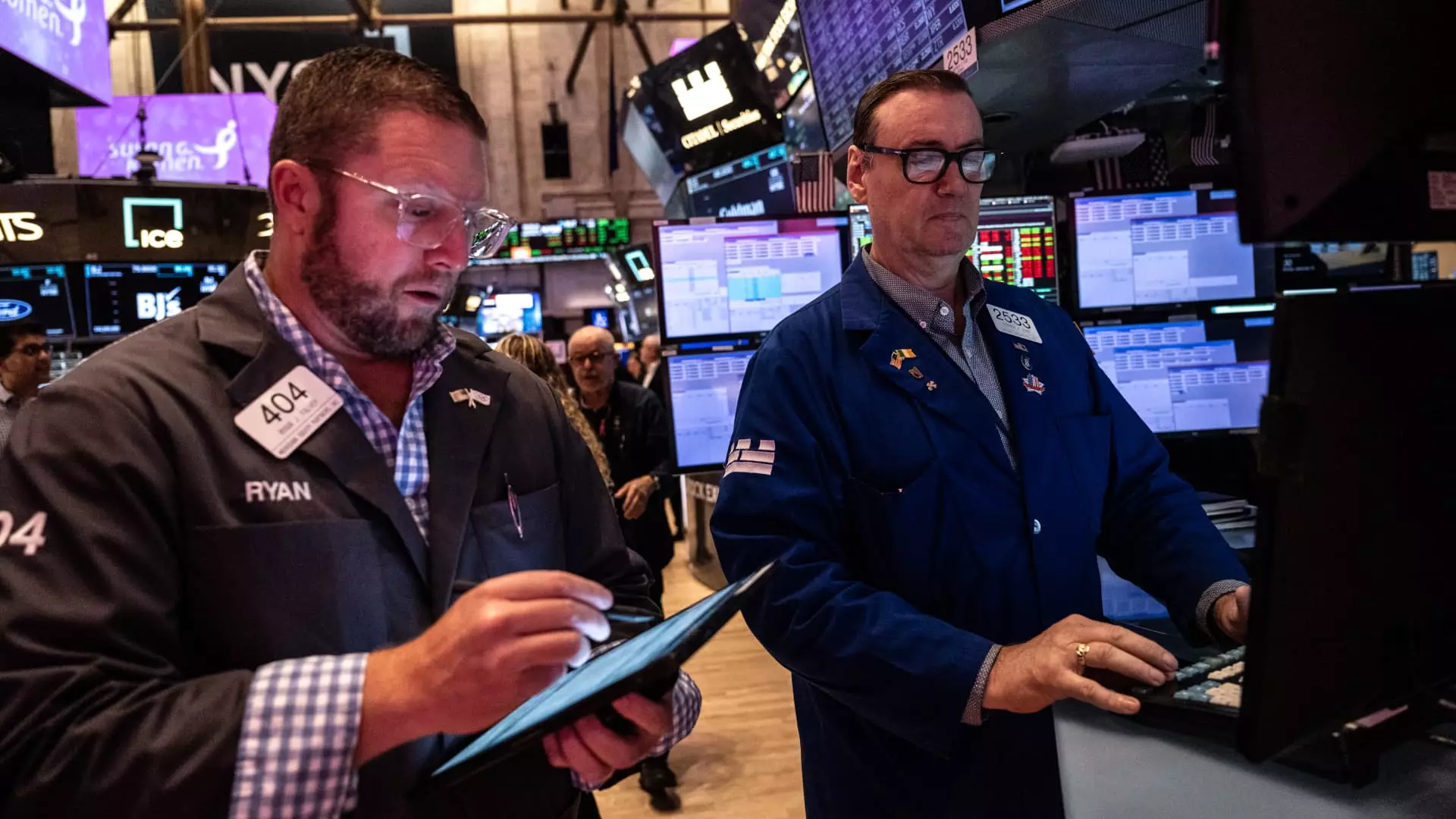The stock market is a dynamic entity that reacts swiftly to various catalysts, including economic indicators, fiscal policies, and international events. This article examines recent market trends, focusing on key players, sector performances, and implications of recent Federal Reserve decisions.
Recently, the Federal Reserve announced a significant cut in interest rates by half a percentage point. This decision, while aimed at boosting economic activity, has reverberated through various sectors of the financial landscape. Investors closely watched how this move would influence stock prices, particularly in rate-sensitive industries like real estate and consumer goods.
The reduction in rates generally lowers borrowing costs, making it cheaper for consumers and businesses to take loans. This policy shift often stimulates spending and investment. However, traders are continuously weighing the potential long-term impacts against immediate gains, leading to a somewhat cautious market environment post-announcement.
Real Estate Sector Resilience
One of the shining stars in the market has been the real estate sector, specifically homebuilders. The SPDR S&P Homebuilders ETF surged, marking a significant high before experiencing a slight pullback. Noteworthy individual performers included Beazer Homes, which reported a remarkable 17.5% gain over the past month, alongside other competitors like Hovanian and Toll Brothers — both climbing approximately 16%.
Such robust performance in this sector highlights a growing demand for housing, potentially fueled by lower mortgage rates following the Fed’s policy maneuver. The real estate market often serves as a bellwether for the health of the economy, reflecting consumer confidence in making long-term investments.
Conversely, some sectors are facing more challenges. Companies like Cracker Barrel and Darden Restaurants are scheduled to report earnings amid fluctuating stock values. Cracker Barrel’s performance dipped over 3% compared to three months ago, showcasing volatility in consumer spending within the dining sector. Similarly, Darden, managing well-known brands like Olive Garden and Ruth’s Chris, is also slightly off its recent highs, indicating that the broader food service industry is grappling with consumer hesitance.
Investors appear to be contending with rising costs and changing consumer habits post-pandemic, leading to cautious sentiment that could affect future profitability in this sector.
The banking sector’s performance has been decidedly tepid. Major banks, including JPMorgan and Goldman Sachs, have experienced declines, down by as much as 7% and 5%, respectively. Such downward trends signal investor concerns over potential economic slowdowns and credit risks amidst shifting Federal Reserve policy.
The strain in the banking sector is further reflected in tightening margins as the yield on Treasury bonds fluctuates. For instance, the rise in yields for longer-duration bonds compared to shorter-term securities creates a challenging landscape for banks that depend on the maturity spread to generate profits.
Interestingly, the gold market has seen renewed interest, viewed by many as a hedge against economic instability. Jeffrey Gundlach, a significant figure in finance, suggested that gold’s recent climb indicates a market entering an accumulation phase. The VanEck Gold Miners ETF reflected this sentiment, showcasing a notable increase of about 5% in recent weeks.
This trend highlights a growing belief that precious metals may provide protection against political and economic uncertainties, reinforcing their position as a safe haven asset during turbulent times.
The market’s immediate future hinges on various factors stemming from Federal Reserve policies and sector-specific performance. Real estate demonstrates resilience, while the banking and restaurant sectors face headwinds indicative of broader economic currents. Moreover, investors are pivoting towards gold, emphasizing a strategic shift in asset allocation in response to perceived instability. The coming weeks will reveal how these trends evolve, shaping the landscape for investors and stakeholders alike. Keeping a vigilant eye on these dynamics could offer insights into the sustainability of current market patterns. As the adage goes, “knowledge is power,” and being well-informed is crucial for navigating the complexities of the stock market.

